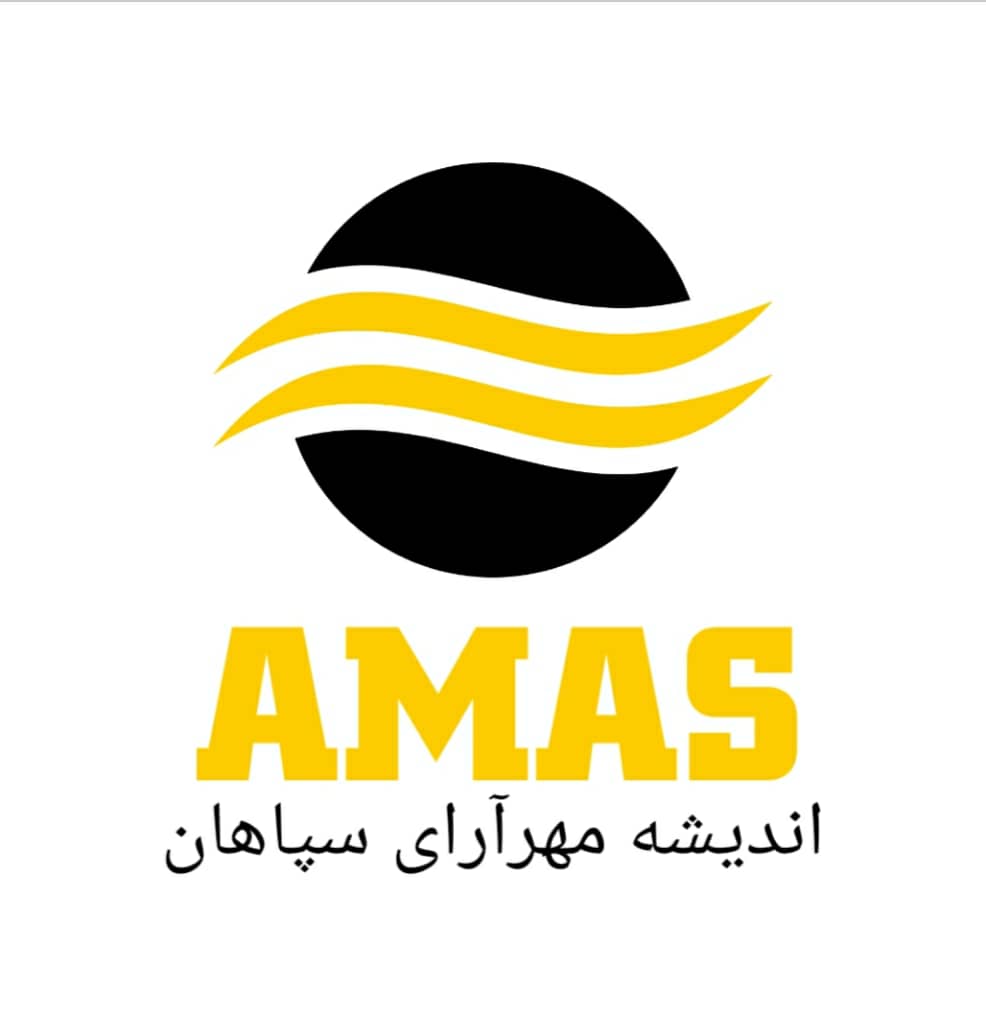Water and wastewater treatment industries
- Manufacturing materials
- Available materials
- Consulting in the field Water treatment industries
Water treatment industries In this century, the importance of water purification and the return of used water to the production process is not hidden from anyone. Various water and wastewater treatment industries are required according to the amount of water consumed and the final water standards. Consumption and return use different methods. Each of these methods requires the use of specific chemicals to achieve the final water standard.
Industries such as urban sewage treatment plants, paper, tile and ceramic industries. drilling, large-scale mining, oil and gas, petrochemical, textile, leather and food industries, etc. During the production stages, they need to process a large volume of water. And in most of these industries, the coagulation process is The reason for the high volume of suspended substances in water is extremely important. Andishe Mehraraye Sepahan Company has taken an important step to help the above industries by producing exclusive and high-quality coagulant chemicals.
Aluminum sulfate (alum) and chloro ferric are the most common primary coagulants used in water purification in order to remove turbidity. They are routinely produced in Andisheh Mehraraye company with quality and competitive price. Also, in recent years, poly aluminum chloride, which is abbreviated It is called PAC (with coagulation power, less consumption and less sludge production). It has been widely used together with other water coagulants. Andishe Meharara is the exclusive producer of solid poly aluminum chloride in Iran and the Middle East, which has prevented hundreds of thousands of foreign currency from going out every year and has provided this material with excellent quality and low access time to the industries.
What are the uses of poly aluminum chloride?
Applications of poly aluminum chloride in water and wastewater industries are listed below.
- Guarasazi of industrial water and Derakhsh Industries
- Purification and treatment of sanitary and industrial wastewater
- Coal revitalization from coal washing effluent
- Regeneration of kaolin from washing effluent of tile and ceramic factories
- Making pulp, series of paper industries, sanitary products and paper towels
- Purification and clarification of wastewater in dyeing and printing industries, leather industries, beverage industries, meat processing, casting industries, mining industries, pharmaceuticals and…
- Separation of oil, oil and metals in oil, gas and petrochemical industries
Advantages of using poly aluminum chloride compared to aluminum sulfate coagulants
Significantly increasing the power of removing turbidity and increasing the quality of water, especially drinking water
- 30-60% less consumption than other coagulants
- Reducing aluminum residues in purified water (research shows that the presence of aluminum in water increases the incidence of Alzheimer’s disease in people.
- The formation of larger and more stable flocs and naturally reducing the settling time
- Reducing back-flushing time and needing to use less backwash water (increasing the life of active carbon filters)
- less sludge production in a wide range of pH (minimum 30% reduction of sludge, reduction of sludge dewatering costs)

Analysis of high purity poly aluminum chloride in water and wastewater treatment industries

Analysis of industrial poly aluminum chloride in water and wastewater treatment industries

Analyzes of pack, ferric and aluminum sulfate and polyelectrolyte in water treatment industries are added with short explanations about each.
Supplying chemicals needed in water and wastewater treatment industries
- Control chemicals for reverse osmosis systems
- Chemicals for the improvement of steam and hot water boilers
- Chemicals required for closed cooling systems
- Required materials such as sand and active carbon

